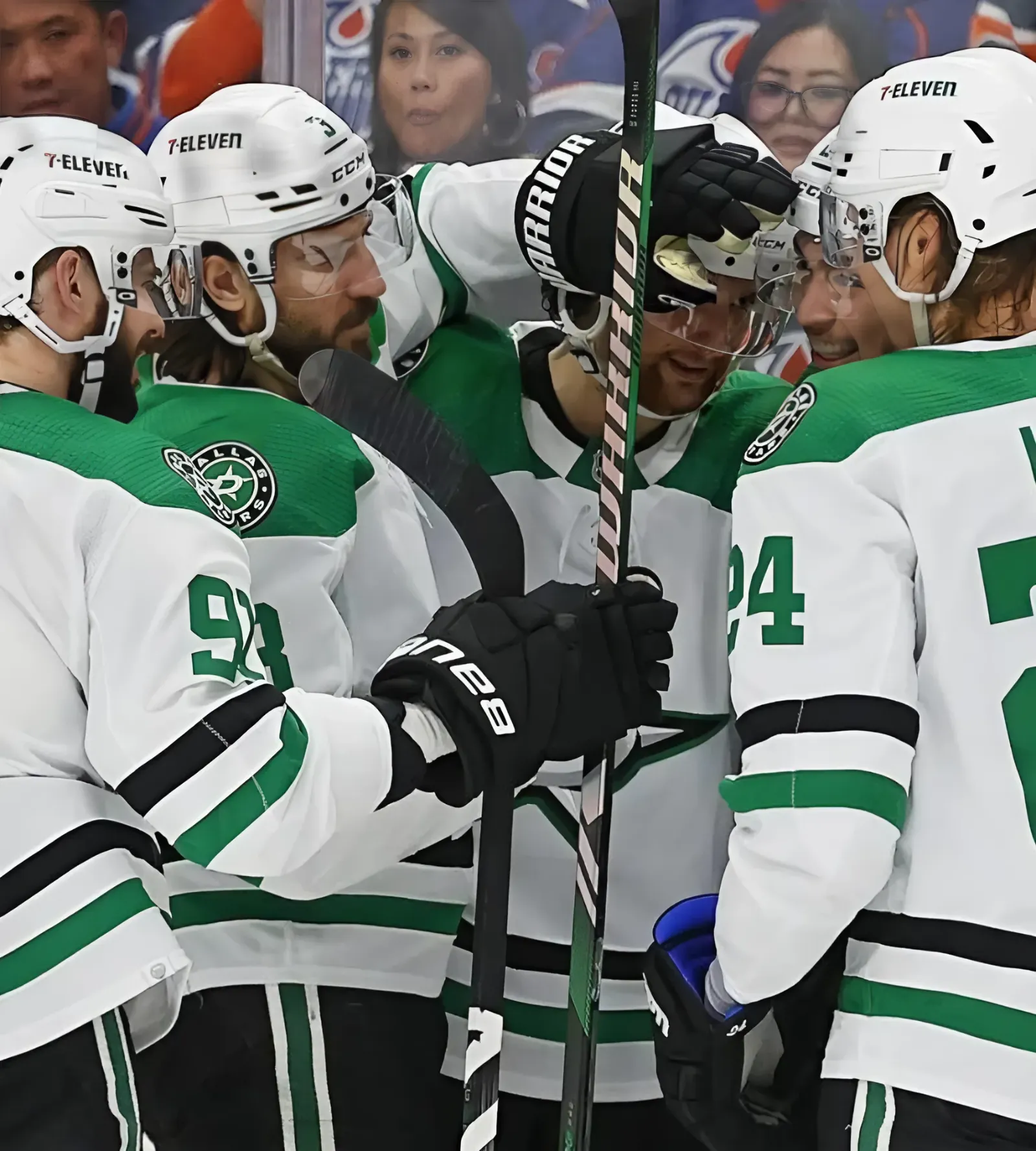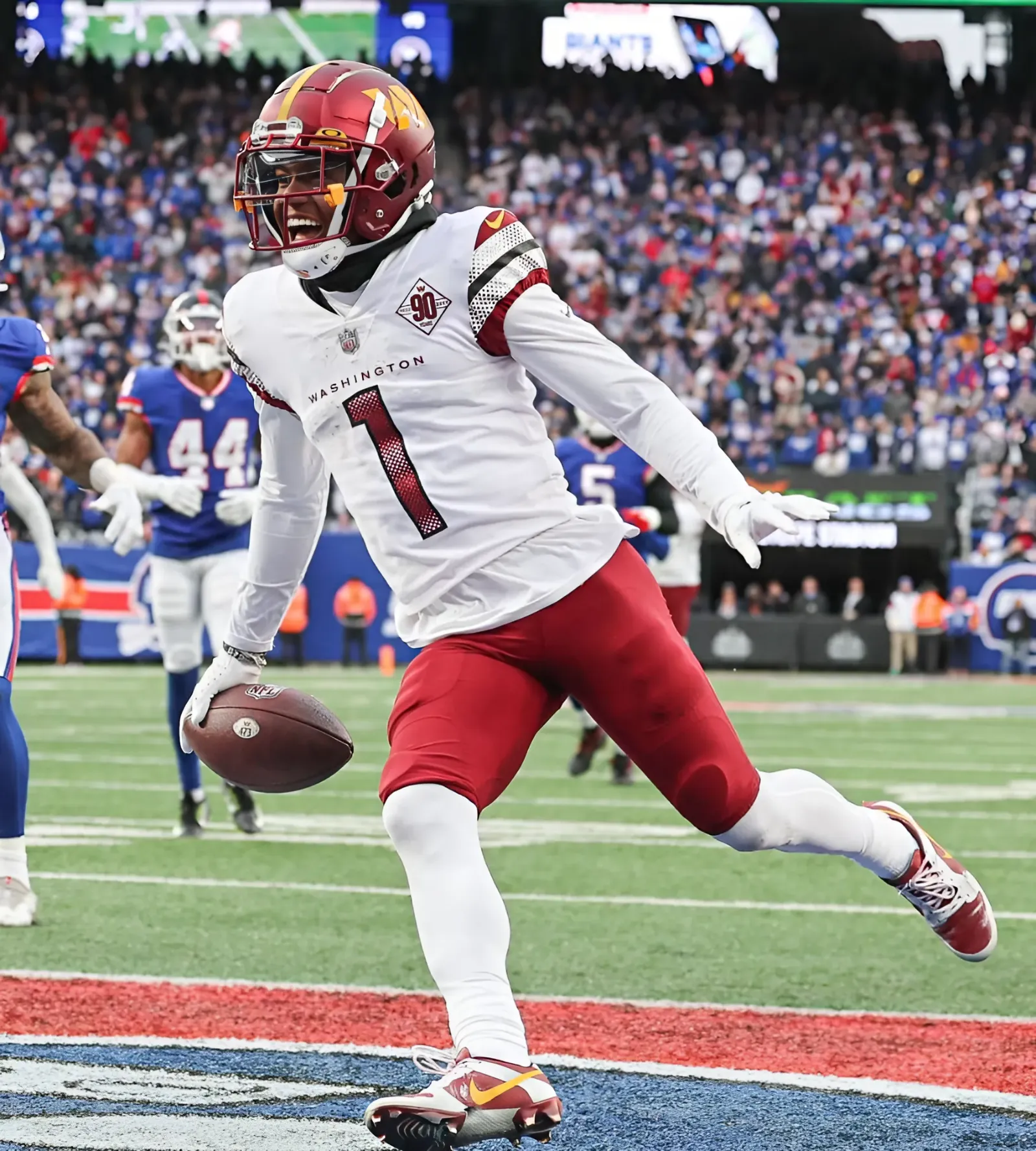After Seth Jarvis signed an eight-year extension with the Carolina Hurricanes that featured deferred payments, is this a tool that could help the Leafs in the future?
When free agency opened up on July 1, legendary TSN hockey insider Bob McKenzie posted on X that there had been talk that some contracts signed this summer could feature a unique deferred payment structure that could see the salary cap hit of players fall below the average annual value of the money paid out.
When free agency opened up on July 1, legendary TSN hockey insider Bob McKenzie posted on X that there had been talk that some contracts signed this summer could feature a unique deferred payment structure that could see the salary cap hit of players fall below the average annual value of the money paid out.
On Saturday, Seth Jarvis agreed to such a structure with the Carolina Hurricanes. The forward signed an eight-year, $63.2 million contract. According to PuckPedia.com, $15.67 million of Jarvis' total compensation will be paid out in signing bonuses that have been deferred until July 1, 2032, exactly one day after his contract expires.
Even though Jarvis will receive $63.2 million in total cash, the deferred payment is traced back to the present value of money to bring the average annual value of the contract down to $7,402,087 per year instead of the $7.9 million it would otherwise average out to.
How is this calculated?
Deferred Bonuses have been a part of the NHL's collective bargaining agreement since the salary cap was established in 2005. There are bonuses earned by a player during the term of a Standard Player Contract (SPC) but are not paid until after the expiration of that SPC. The way they are calculated and accounted for is important for both the player's compensation and the team's salary cap management.
Calculation and Accounting of Deferred Bonuses:
Present Value Calculation:
Deferred Bonuses are included in the Club's Actual Club Salary for the League Year in which the player performs the services for which the bonuses are earned.
The amount included is the present value of the Deferred Bonuses, calculated at the 1-Year LIBOR (London Interbank Offered Rate) plus one and one-quarter (1.25) percent at the time the SPC is registered. Since LIBOR was abolished last year, the. This method discounts the future payment to reflect its value in today's terms, which is important for salary cap calculations.
So in Jarvis' case, even though he's receiving $63.2 million in nominal dollars, it's not really $63.2 million in real dollars in the economic sense. of the rule where a dollar today is worth more than a dollar tomorrow.
The adjustment from $7.9 million down to the $7,402,087 number that is arrived at reflects the real dollars and not the nominal dollars paid out over the average of the contract. If Jarvis, for example, agreed to take that same amount of deferred money a year later, on July 1, 2033, his cap hit could have gone down even further to account for that interest. He's still getting that $63.2 million, but the value of it in real dollars is decreased with needing to wait instead of putting that money to work immediately.
PuckPedia lists a SOFR rate of 5.4689 percent the league is using to calculate the present value of Jarvis' AAV. They've also listed a handy deferred payment calculator
And here's why I don't think it's a valuable tool for the Leafs in most cases.
It's fun to imagine what would be possible for a team like the Toronto Maple Leafs and their top players. If, say the Leafs wanted to extend Mitch Marner, who is eligible for an extension and whose contract expires on July 1, 2025, the Leafs, in theory, could give Marner as much as 8X$17.6 million (the maximum money permitted in the CBA) and bring that $17.6 million down considerably if Marner agreed to take most of that money (everything minus $6.2 million because he has to have a minimum salary of $775k) and defer the rest of the span of a seemingly unlimited amount of years.
If Marner agreed to get that money paid out in the years after his deal expires, the AAV goes from $17.6 million down to 11.764 million.
This is just one example, there is no limitation to the type of annuity one can put as part of this.
It sounds great, right? Especially if you can get that salary cap hit down to a measly few million per year under the right circumstances. The reality, however, is there isn't enough of an incentive for most players (especially top players) to do this.
Dating back to Maple Leafs' GM Kyle Dubas's tenure as Leafs GM back in 2018, the Leafs have done the exact opposite. Instead of massively backloading money, they pushed out an unprecedented amount of money upfront, including to midrange players, by giving almost everything up front in a signing bonus paid out on the first day of the fiscal year (July 1) and leaving them with the minimum salary to collect during the season. That allowed players in most cases to earn more in real dollars as those dollars could be immediately put to work and invested.
In the CBA, the AAV doesn't account the shift in real dollars by frontloading money, instead using an average nominal dollar AAV as per what was agreed to between owners and players.
There are certain use cases when a player might want to defer payment. Depending on when they receive compensation, if they can invest the money into a form of retirement savings plan and delay taxes on it, it might be beneficial. But generally, if you can put the cash to work immediately, in most cases players build on their wealth by going that route. Given Toronto's enormous wealth, the Leafs have used the present value of money in the opposite direction to combat advantages that teams in the United States have over them like take home pay due to state income taxes (or lack thereof).
“We’re pretty fortunate in terms of the revenue that we’re able to draw in,” Dubas told reporers when asked about this method back in 2019. “So I think for us to sit back and have the taxation argument used against us, but then not to be able to use any advantages that we have would be foolish on our part. I hear people bicker about it and make comments about it, but other teams aren’t apologizing for using taxation or cost of living to aid their argument."
For teams, deferred payments can be beneficial. It punts the financial commitment and opens up a team's cash flow while lowering AAV. And say in six years Tom Dundon, owner of the Hurricanes, elects to sell the team, it won't be him making that lump-sum payment to Jarvis on July 1, 2032, it would be whoever owns the team at that time.
It's kind of funny that a team can front-load a financial commitment in the first few years and the AAV stays the same, but the moment any money is punted to after the deal expires that average can be brought down considerably. But in the case where front-loading money has been a strength, I don't see them doing this.
Unless of course, said player REALLY wants to stay and get their value.
Say the Leafs want to give John Tavares, who is a free agent at the end of the upcoming season, his fair market value, but they don't want tg salary cap hit to be larger than $3 million. You could then find a way to pay him like a $5 million-a-year player while getting the AAV number to $3 million during his time on the contract.
Here's an extreme example:
The collective bargaining agreement is up at the end of the 2025-26 season, I wonder if how AAV for cap purposes will be explored further. Until then, it's there for teams to use. But how pervasive it will go remains to be seen.






